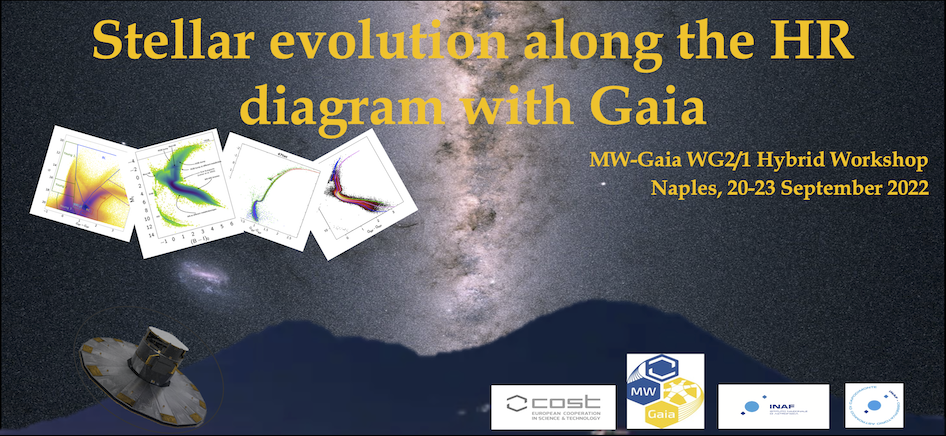Speaker
Description
With an unprecedented astrometric and photometric data precision, Gaia EDR3 gives us the opportunity to systematically and homogeneously detect and map the low mass populations of the star forming regions (SFRs)/very young clusters in the Milky Way in the optical bands.
We present a catalogue of the young stellar objects (YSOs) identified with Gaia EDR3 data in the solar neighbourhood (within about 1.5 kpc), and of the very young clusters to which they belong.
Our main goal is to study the properties of the very young clusters and put them in the context of the structure of the Milky way galaxy.
In this talk we will describe the application of a machine learning unsupervised clustering algorithm namely DBSCAN on a sample of data photometrically selected on the region where very young stars (<10 Myr) are expected to be found, with the aim to identify putative young stellar clusters based on proper motions and positions.In a subsequent step, a subsample of 51 clusters, selected among the 7323 found with DBSCAN, and whose properties are already well known, has been used as template data set, to identify very young clusters from the pattern of the observed color-absolute magnitude diagrams through a data mining procedure. We find more than 100K candidate YSOs around SFRs and stellar clusters younger than 10 Myr and within a distance of 1.5 Kpc.
In addition, about 50K low mass members of up to 100 Myr old stellar clusters located within about 500 pc were also found. These latter appear very diffuse on the sky and are mainly distributed around the regions of Sco-Cen, Vela OB2 and Orion. The selected YSOs are spatially correlated with
the well known SFRs. Most of them are associated with well concentrated regions or complex structures of the Galaxy. We find evidence of a structure traced by the massive SFRs, as, for example, Orion, Sco-Cen and Vela OB2, located within 600-700\,pc and belonging to a very complex three-dimensional structure inclined with respect to the Galactic Plane.
The farthermost clusters seem to follow a more regular pattern along the Galactic Plane.

